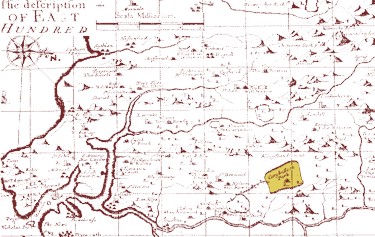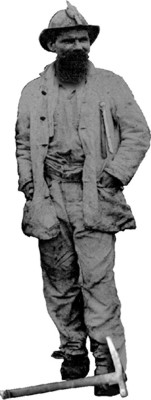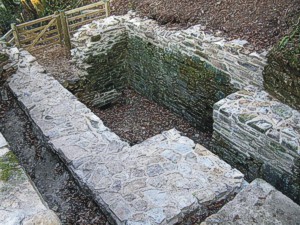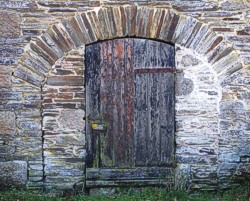 |
 |
||||||||||||||||
| Home | Farming Today | Wildlife | History & Heritage | Visit Information | Contact Us | |||||||||||||||||
|
Tel. 01579
370292 | email: martin@deerparkfarmcottages.co.uk
|
|||||||||||||||||
|
|
History and Heritage at Deer Park Farm
Enclosure of the land as a deer park in the 13th century, and the development of the mining industry in the area, both influenced today’s landscape. The Farm lies within the Parish of Stoke Climsland, one of seventeen manors in Cornwall given by Edward III in 1337 to the Duchy of Cornwall, which he created for his son, Edward, the Black Prince. It was the second largest manor in the county. Deer Park Farm remained part of the Duchy of Cornwall
estate until 1984 when it was bought by the Howlett family. The
information panel below is one from a series displayed in our farm education
centre. Click on an element in the panel to |
||||||||||||||||
|
|
|||||||||||||||||
|
The Farm was once actually part of a Deer Park known as “Kerrybullock”, which covered some 400 - 450 acres in area. Deer Parks - where the animals were raised and hunted for sport - were great medieval status symbols, requiring royal permission and a lot of money to enclose, establish and maintain. |
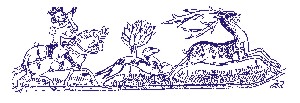 |
||||||||||||||||
|
Kerrybullock is highlighted on this map of 1650, (which is orientated with north to the right). Here, the name is spelled as “Carybullock” - and the Park appears rather larger than in reality! The Deer Park included the woodland lying in the middle of the current farm, which still remains the property of the Duchy of Cornwall today. |
|||||||||||||||||
| The Mining Boom | |||||||||||||||||
|
Tin was mined in this area from the 13th century, and in the 19th century the area around Deer Park Farm, including Luckett and Kit Hill, was a hive of mining activity. The mines worked an important group of tin and copper lodes, whose outcrops can be traced from Callington eastwards to the fringes of Dartmoor. |
|||||||||||||||||
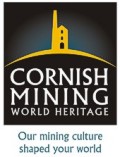
|
Deer Park Farm lies within the Cornwall & West Devon Mining Landscape World Heritage Site (WHS). In 2006 selected mining landscapes across Cornwall and west Devon were inscribed as a UNESCO World Heritage Site. Ten separate Areas make up the World Heritage Site, each has its own character and opportunities for adventure. The largest World Heritage Site in the UK, with over 20,000 hectares spread across Cornwall and west Devon, it offers myriad experiences to explore our world-changing mining culture. |
||||||||||||||||
| A 19th century Cornish miner - a candle is stuck to his hardened resin-impregnated felt hat with a lump of “candle clay”, and he carries spare candles tied to his canvas jacket. . | |||||||||||||||||
|
To find out more, click on the logo above to go to the "Visit Cornwall" World Heritage Site pages. |
|||||||||||||||||
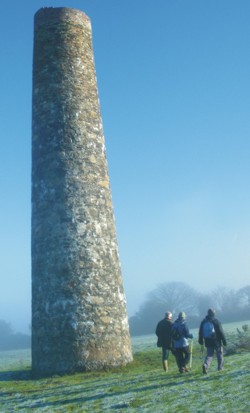 |
Down the hill near Luckett, Wheal Martha (later New Consols) Mine worked copper, arsenic and tin. In the 1870’s, a long length of flue, (approximately 850 metres), was constructed up the hill away from the village to vent the poisonous fumes from the arsenic calciners. The stone and brick-built flue led up to the field chimney, which remains standing today. This is a prominent feature on the Farm and surrounding area - and a reminder of this early form of pollution control. |
||||||||||||||||
 |
|||||||||||||||||
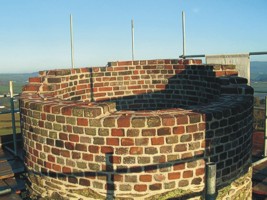 |
|||||||||||||||||
| In 2008, Environmental Stewardship funding allowed the flue chimney to be consolidated, to make it safe and preserve this important feature of industrial archaeology for future generations. During this work it was encased in scaffolding to allow the brick top of the chimney to be secured, and a lightening conductor installed. | |||||||||||||||||
| Wheal Tom | |||||||||||||||||
|
Also located on the farm are the remains of a less well-known tin and copper mine, Wheal Tom. (Right - Ordnance Survey map of c.1880 showing the mine site.) It operated only for a very short time - from 1850 to c. 1852 - working a lode containing Wolfram (Tungsten). This was a valuable metal, with a high melting point, initially important in hardening steel. An adit was driven and a steam engine and pumps installed, but Wheal Tom did not prove to be viable. For more information about Wheal Tom, click here. |
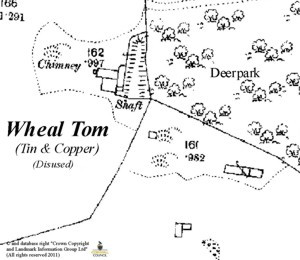 |
||||||||||||||||
|
In 2008, the remains of the mine buildings were made safe for the public to view. They include remnants of the pumping engine house, balance bob pit, boiler house chimney and other structures - including the mine shaft, which was once 80 feet deep (24 metres). |
|||||||||||||||||
|
The
Farm Buildings |
|||||||||||||||||
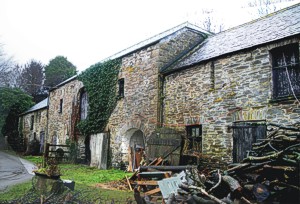 |
The attractive farm buildings around the yard are of early Victorian construction, dating from the last great renaissance of farm buildings, beginning in the 1840's. These traditional buildings were the only ones in use on the farm until the modern sheds were added in the 1980's. |
||||||||||||||||
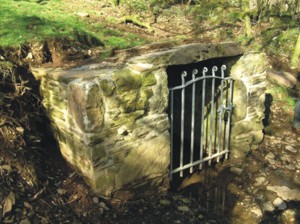 |
|||||||||||||||||
|
A small 19th century “Well House” is sited below the farm, located in a field known as 'Well Park' as far back as 1671. As there isn't a known water source within the confines of the farmstead, it is likely that this well house was once the farm's primary source of water - at least in the 19th century, before a more direct piped source from Kit Hill aquifers was created in the 20th century. In 2008, the well house also benefited from work to ensure its survival for the future. |
|||||||||||||||||
|
Home | Farming Today | Wildlife | History & Heritage | Visit Information | Contact Us (c) Deer Park Farm 2019. Website design by Graphic Words |
|||||||||||||||||


